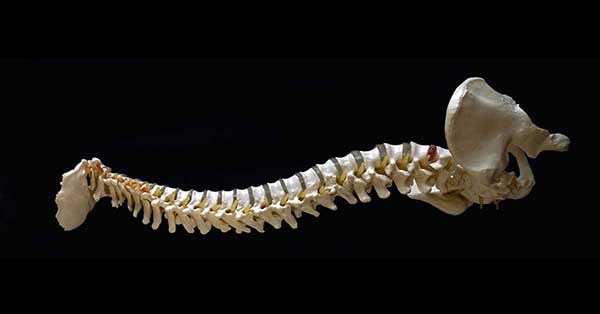Too often we hear about people using 3D printers to make guns and weapons, and sometimes we hear about the great new medical applications of the technology helping people with complicated conditions.
However it’s rare that we hear about the use of 3D prints to empower communities, or the efforts being made to improve the living standards of the poorest people on earth and the health of the planet by using localised 3D printing services.
There are a number of international organisations now involved in the production, dissemination and expansion of ‘Ethical filament‘ and 3D printers to some of the most impoverished regions of the world.
3D Printing Helps
As the governmental ‘one size fits all’ approach to community support and development continues to fail and overlook the fact that each community’s needs are different, the 3D printing revolution offers to empower small and regional communities. Joshua Pearce, creator of the first mobile, solar-powered 3D printer, believes the power of distributed manufacturing is that people can decide what they need for themselves and then just make it. Pearce’s website lists a range of objects that are 3D-printable; everything from breast pumps and other medical devices to water valves, wheels, nozzles, educational toys, and corn shellers.
There are a number of groups and organisations that have taken this approach to 3D printing services and are making a significant difference in underdeveloped economies. Field ready is a non-profit organisation that has brought 3D printers to places suffering privation like Haiti, where they have been working on printing on-demand medical equipment such as birthing kits, umbilical clamps and oxygen splitters for oxygen tanks. They’ve also encouraged small scale manufacturing of agricultural tools to help lift labour standards and empower the local workforce.
Dara Dotz from Field Ready said, “Small clinics just can’t get [these] medical products and equipment, which bigger hospitals can buy in bulk at a discount. You can also wait six months to three years to get your equipment, and then there can be a lot of corruption with that as well.”
3D Printing Homes
Another great project is currently underway is the development of a full size portable 3D printer which prints bio-architecture houses, combining the latest technology with the oldest building material, mud. Unlike Winsun’s enormous building 3D printer, Italian based group WASP intend to manufacture a commercially available three armed, 20ft portable 3D printer that will print houses in areas with extreme housing shortages from the most affordable and widely available building material on earth.
Building houses from mud is a long, arduous and labour intensive process, where as WASP’s 3D printer can be assembled in two hours by two people, and can build structures up to three metres tall. The earth first has to be sifted and mixed with water and whatever local binding fibers are available, such as wool and tamarind. Then it is fed to the 3D printer which extrudes the structure layer by layer according to it’s design. They estimate that it will take two weeks to build a complete house using this machine.
At Brainchild, we would like to see 3D printing services find their way to remote outback communities, since they also suffer incredible privation despite the great wealth we enjoy here in Australia. We are currently in the process of designing and building a portable 3D printer of our own, with the plan to travel to remote towns in Australia and the pacific islands to empower disadvantaged communities by giving them access to this technology and the opportunities it offers everyone.
If you would like to get involved or contribute in any way, please contact us.




